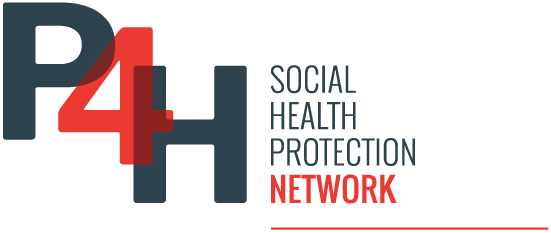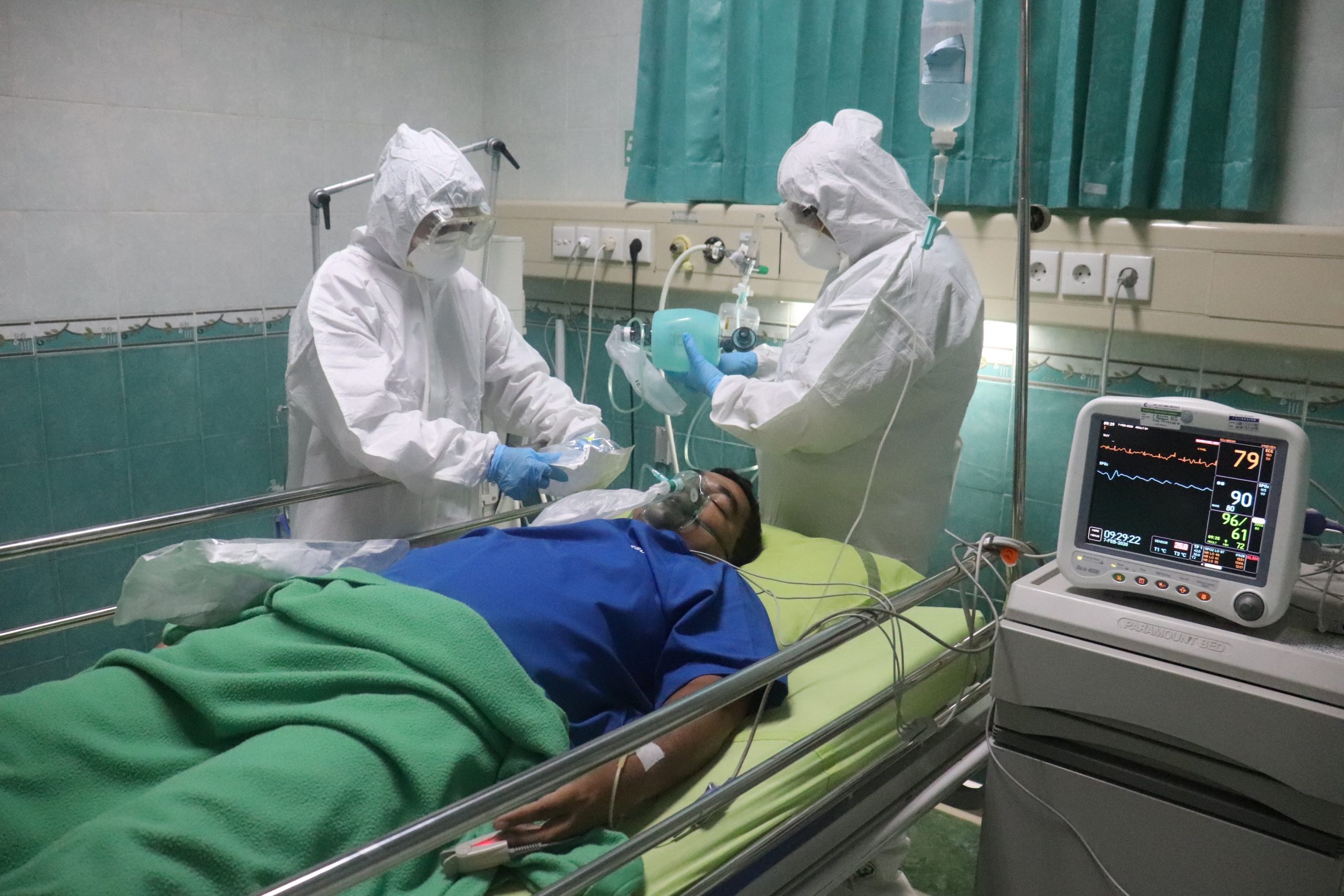The havoc that COVID-19 wreaked on Bangladesh is typical of the effect it had on South Asian countries in general in that it exposed the acute lack of investment- financial, infrastructural and in terms of human resources in the public healthcare system. Considering the demography and the comparatively large share of people that depend on government healthcare services, the gaping hole in the quality and quantity of such services in Bangladesh is alarming.
The Fiscal budget passed in mid-2020 by the Bangladesh Parliament for FY21 although show increase from BDT 292.5 billion ($ 3.4 billion) to BDT 257.3 ($ 3.0 billion) in the health sector, this is only nominal (13.7%) and in no way sufficient for the vast majority of disadvantaged population
‘Allocation to the health sector stands at 5.14 percent of the total FY21 budget and is less than 1 percent of GDP. This low expenditure towards health is not a new phenomenon.’
In such a scenario out-of-pocket expenditure for medical services stands at 67% in middle income households. The health expenditure of Bangladesh is significantly lower than the South Asian and Lower Middle Income Country (LMIC) average.
Bangladesh is a recipient of aid from global development agencies like the World Bank and the Asian Development Bank (ADB) as well that make up for some of the shortfall in the budget share. Last year, the World Bank and the Asian Development Bank have signed agreements of $100 million each for strengthening government systems for COVID-19 response. This does not suffice of course but without it the proposed allocation to health would be 4.8 percent of the budget, which would represent an increase in allocation of only BDT 18.7 billion ($0.2 billion) or 7 percent compared to the original FY20 budget
Recommendations
- Increased budgetary allocation is needed to address some of the critical shortages of trained human resources (both medical and managerial), medical equipment and supplies.
- Effective public financial management (PFM) in the health sector will help to address problems with delay in fund availability, recruitment and retention of human resources, delay in procurement of drugs and medical supplies, and lack of provision for allocating operational funds at the facility level –World Bank Report
Read the original blog piece here.
Image Credits: Mufid Majnun/Unsplash
Watch this space for more news updates on health financing and COVID-19 in Bangladesh.
Do you have an opinion on the financial aspects of the health care system in Bangladesh? Please let us know in the Comments section below.


